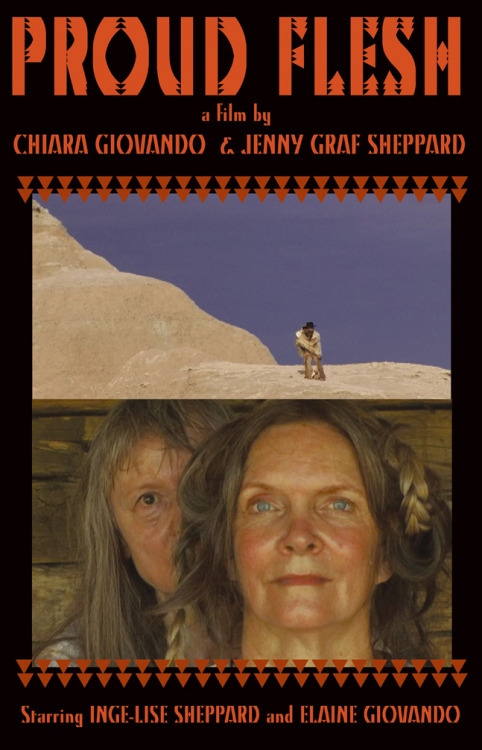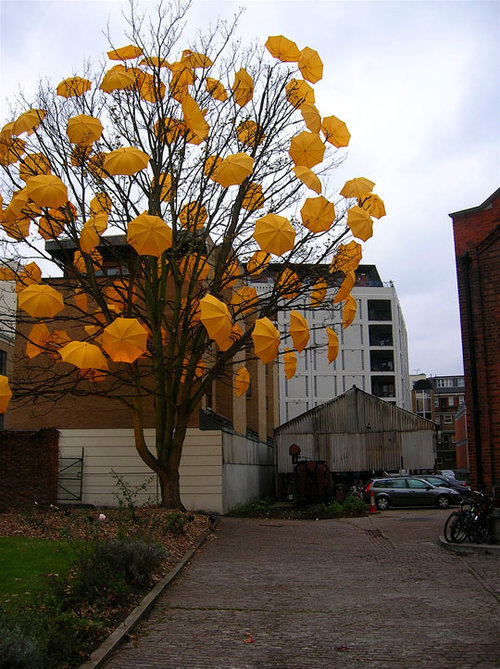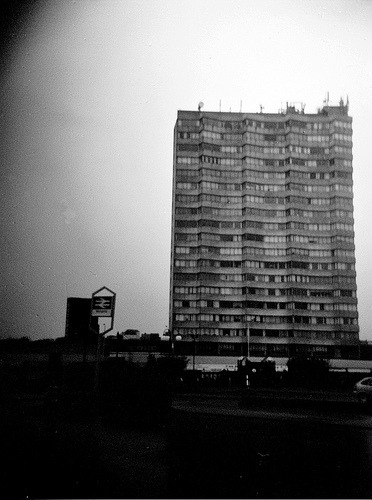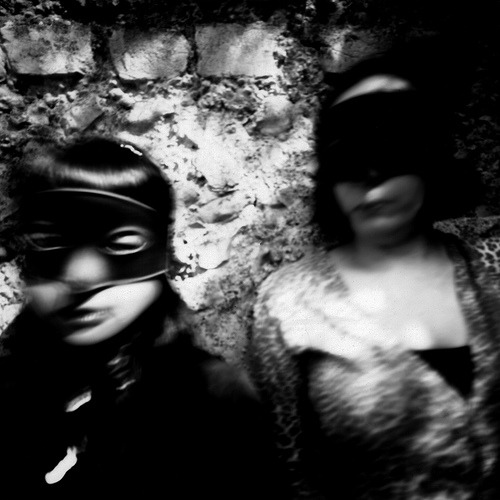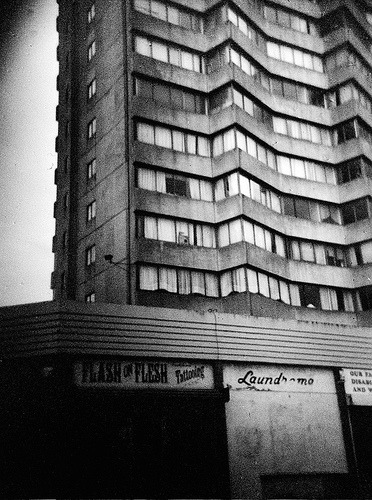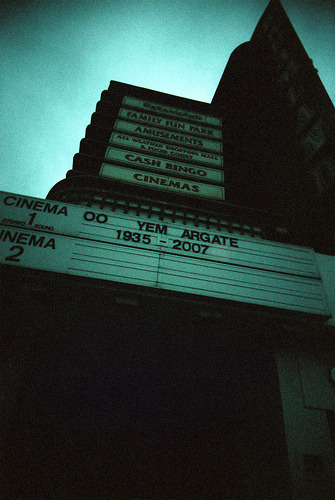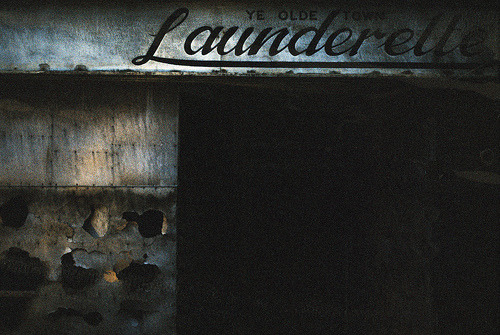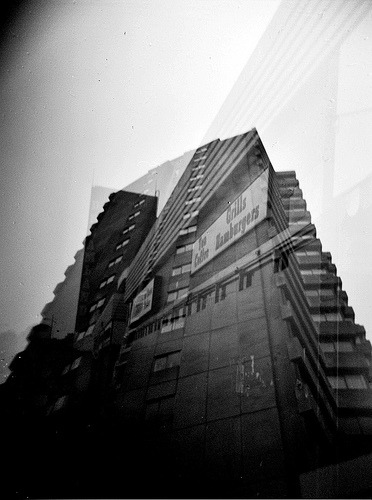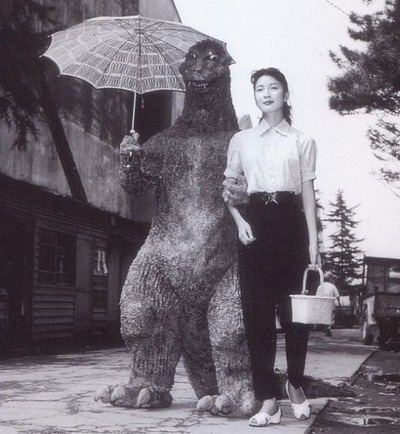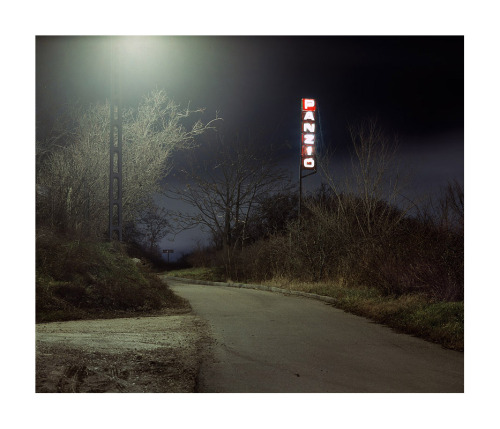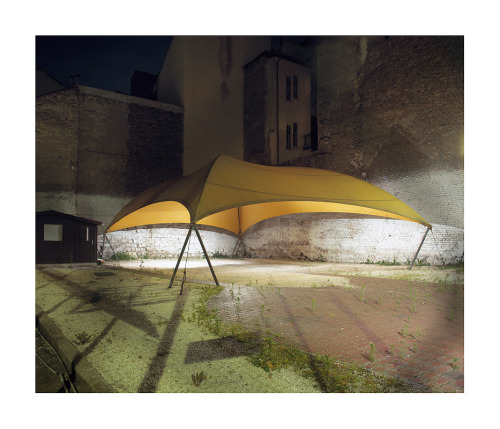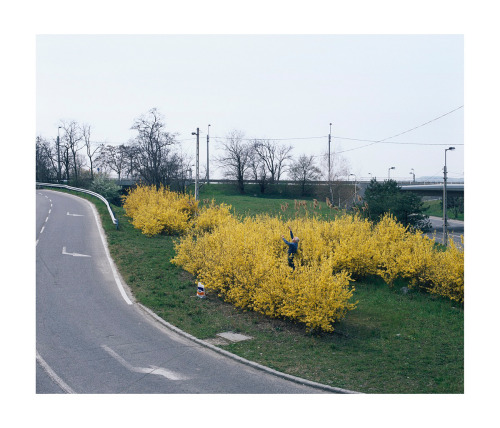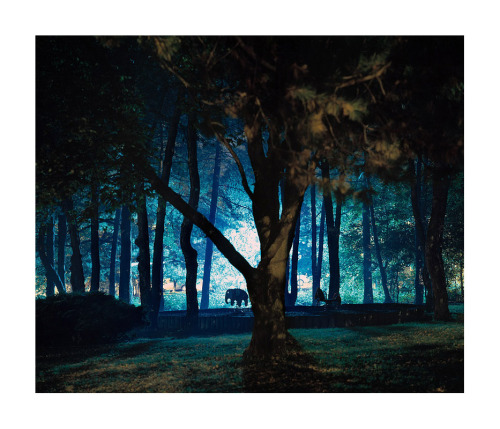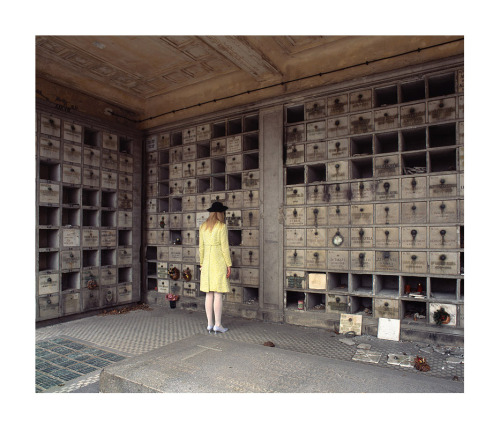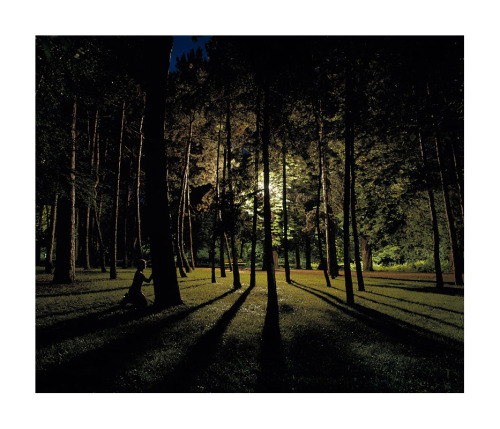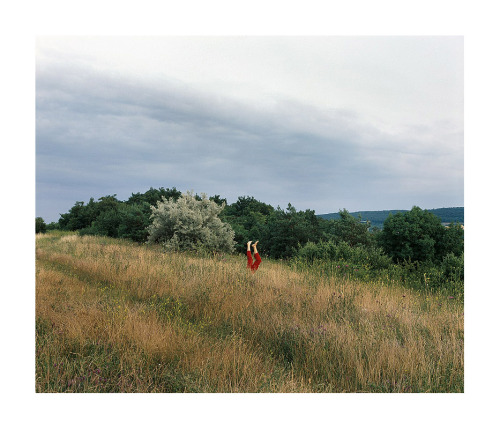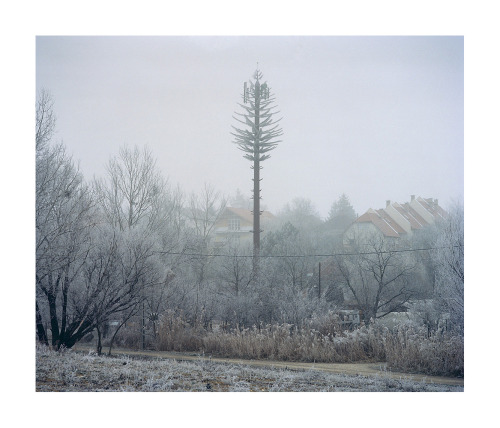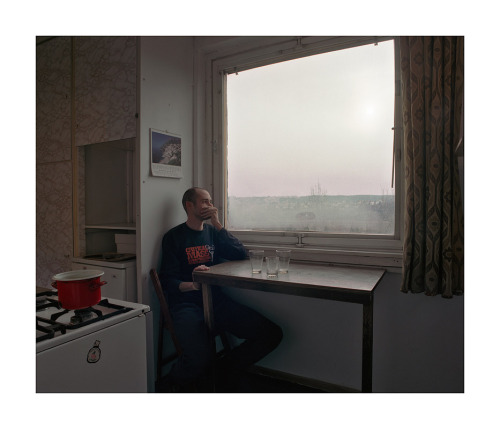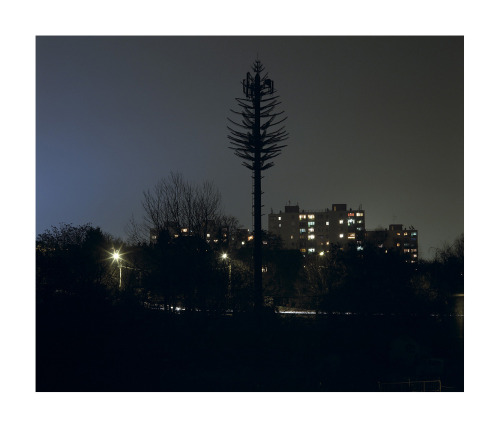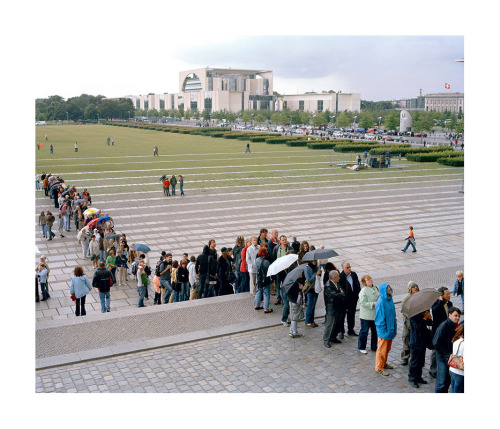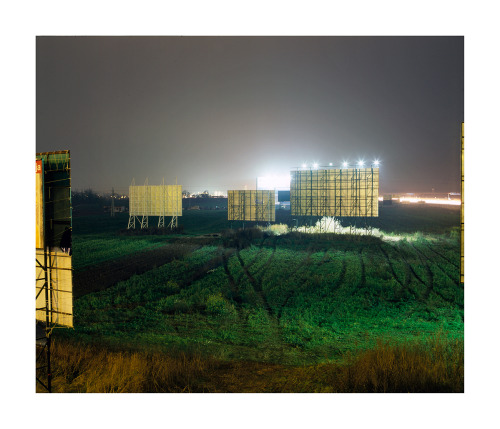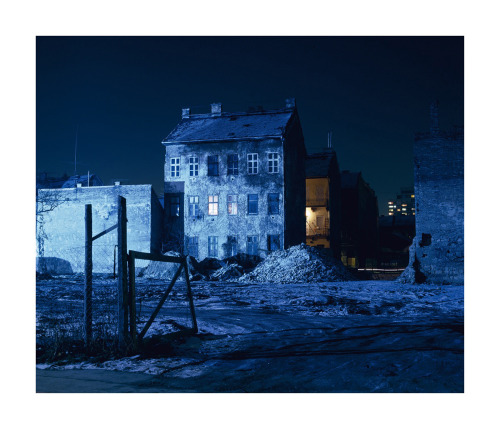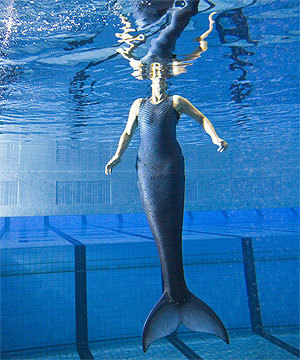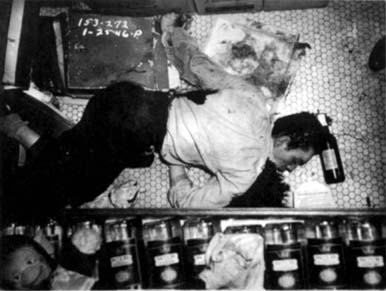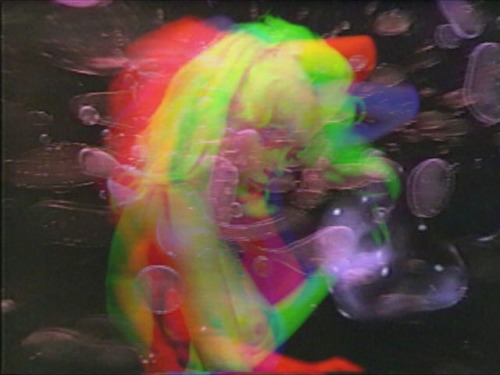proud flesh
a film by jenny graf sheppared and chiara giovando
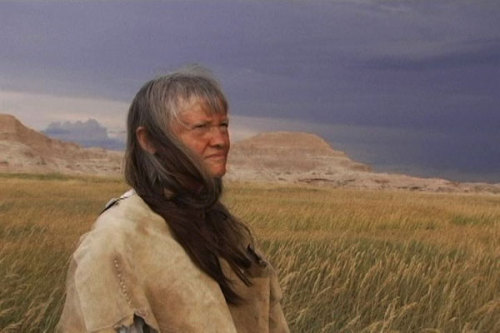
Sunday, 22 March 2009 / doors: 7pm/ screening: 8pm.
Proud Flesh
Two young filmmakers, Jenny Gräf Sheppard and Chiara Giovando, from Baltimore, Maryland collaborated on “Proud Flesh”, a film shot in the Badlands of South Dakota located in the American West. The film will be presented by Jenny Gräf Sheppard in person, who like her colleague, also is a musician. She will play on Saturday March 21, the night before the screening, at Kuntstraum Richard Sorge Berlin.
“Proud flesh” in medical terms is the wild and excessive flesh that is growing, if, in a deep wound, the skin tissue is so damaged it cannot cover the wound by growing back fast enough. It mostly happens, when skin tensions caused by body movements prevent the tissue from closing and healing. (A reason why doctors nowadays tend to stitch the smallest skin cuts.)
The film starts with a gunshot and the movements of an older woman, who is wounded on her upper leg, struggling to walk through a landscape of the West until she finds a small town. Violence, guns, blood and loneliness, all are ingredients of the common genre Western, however, and without breaking the settings of original, historical backdrops, place and costumes, carefully collected from local sources, the film sets out into a totally different direction than the adaptations of Hollywood Western drama we know of. Neither is it a funny parody of that genre.
Rather, the (mostly) silent human interactions in the movie are staged in more abstract, ritual ways invoking reflections on the symbolism of the characters instead of the psychology of drama. The title “Study of Ritual and Time” and with it the work of Maya Deren, early avant-garde filmmaker may come to mind. Like Deren, by using female main characters and abstracted acting, and unlike Deren, who later travelled to Africa for ritual studies, the filmmakers successfully try to have their own take onto American myths by setting the film into the historical time of their own homeland, and how it can be cinematically revoked, today. “What are the things that we see in our story as American women and how do we want to tell it?” says Chiara (“Into the West” by Brent McCabe,) and Jenny adds: “I’ve always been interested in picturing women in that condition (of the John Ford Western, KWE), and an older woman that position Š picturing older women in the traditional young, male role.”
The wounded, Native American Indian-looking woman in the film, after encountering different situations of near death, ritual and alienation, will finally find her alter ego in an older female home-settler. By doing so, it seems, the two authors try to reach out back into time in order to heal what has been the deepest wound of the proud American move for freedom and individual independency, while “the Frontier” was pushed towards the West.
Another filmmaker may come into mind, a German director, whom the two authors may possibly not know of: Ulrike Ottinger. With abstract acting and ritual, or dream-like scenes of European and Asian tales, she made her mark in German contemporary film history. Like her, the makers of “Proud Flesh” are able to balance the abstract ritual-like acting on a high and light-spirited level, throughout their debut film altogether: It is fun and surprising to watch.
The evening at GDK will be the German premiere and Jenny Graf Sheppard will be present for Q&A after the screening.
(Klaus W. Eisenlohr / Directors Lounge, March 2009)
GDK Galerie der Künste
Potsdamer Straße 98
D-10785 Berlin
Bus: M29 /M48 /M85 bis Potsdamer Brücke
more at richfilm
